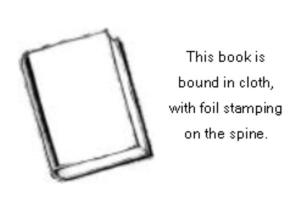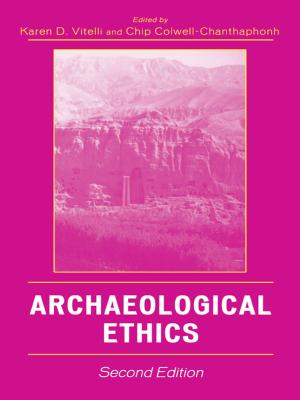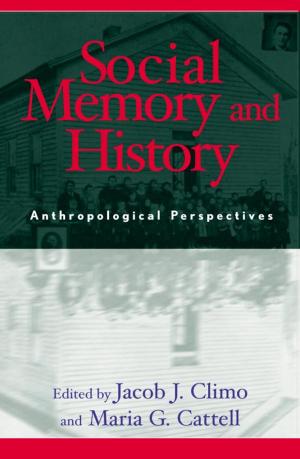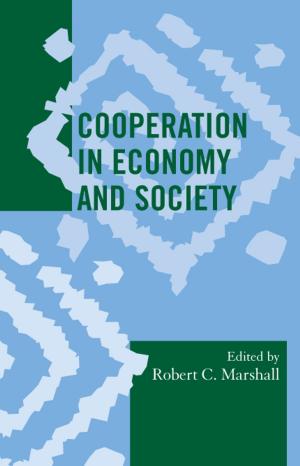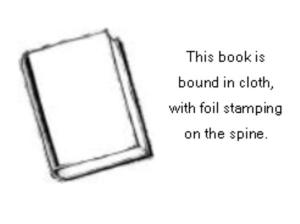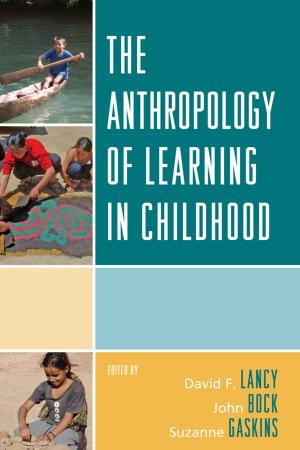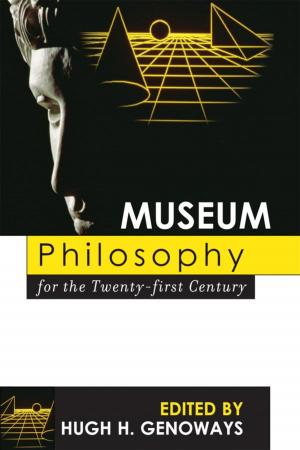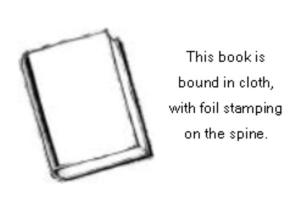Public Art
Thinking Museums Differently
Nonfiction, Religion & Spirituality, Philosophy, Aesthetics, Art & Architecture, General Art, Criticism| Author: | Hilde Hein | ISBN: | 9780759114173 |
| Publisher: | AltaMira Press | Publication: | July 27, 2006 |
| Imprint: | AltaMira Press | Language: | English |
| Author: | Hilde Hein |
| ISBN: | 9780759114173 |
| Publisher: | AltaMira Press |
| Publication: | July 27, 2006 |
| Imprint: | AltaMira Press |
| Language: | English |
Public Art acknowledges the trend among contemporary museums to promote participatory and processual exhibition strategies meant to elicit subjective experience. At the same time it valorizes the object-oriented tradition that has long differentiated museums from other institutions similarly committed to public service and the perpetuation of cultural values. To blend and expand these aims, Hein draws upon a movement toward ephemerality and impermanence in public art. She proposes a new dynamic for the museum that is temporal and pluralistic, while retaining a grounding in material things. The museum is an agent, not a repository; and like public art, it interacts constructively with passing and transitory publics. As an actor with social clout, the museum has moral impact and responsibilities beyond those of the individuals that comprise its collective identity. The book should be read by museum workers and students, by arts and foundation administrators, critics, educators, aestheticians, institutional historians and theorists, and by anyone interested in the transmission of cultural concepts and values.
Public Art acknowledges the trend among contemporary museums to promote participatory and processual exhibition strategies meant to elicit subjective experience. At the same time it valorizes the object-oriented tradition that has long differentiated museums from other institutions similarly committed to public service and the perpetuation of cultural values. To blend and expand these aims, Hein draws upon a movement toward ephemerality and impermanence in public art. She proposes a new dynamic for the museum that is temporal and pluralistic, while retaining a grounding in material things. The museum is an agent, not a repository; and like public art, it interacts constructively with passing and transitory publics. As an actor with social clout, the museum has moral impact and responsibilities beyond those of the individuals that comprise its collective identity. The book should be read by museum workers and students, by arts and foundation administrators, critics, educators, aestheticians, institutional historians and theorists, and by anyone interested in the transmission of cultural concepts and values.

